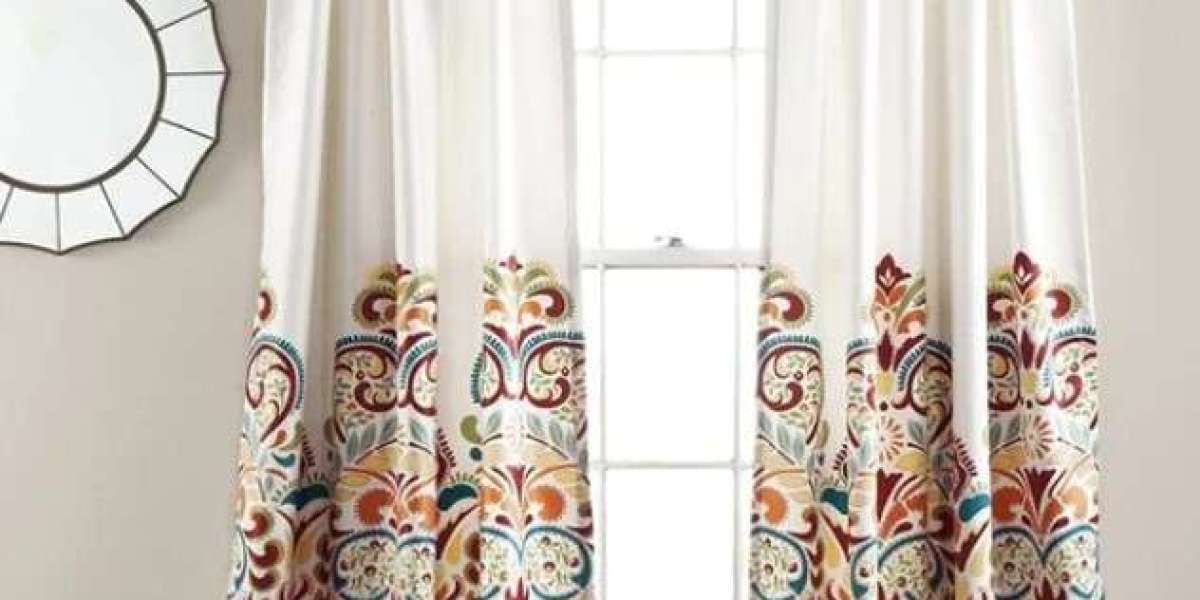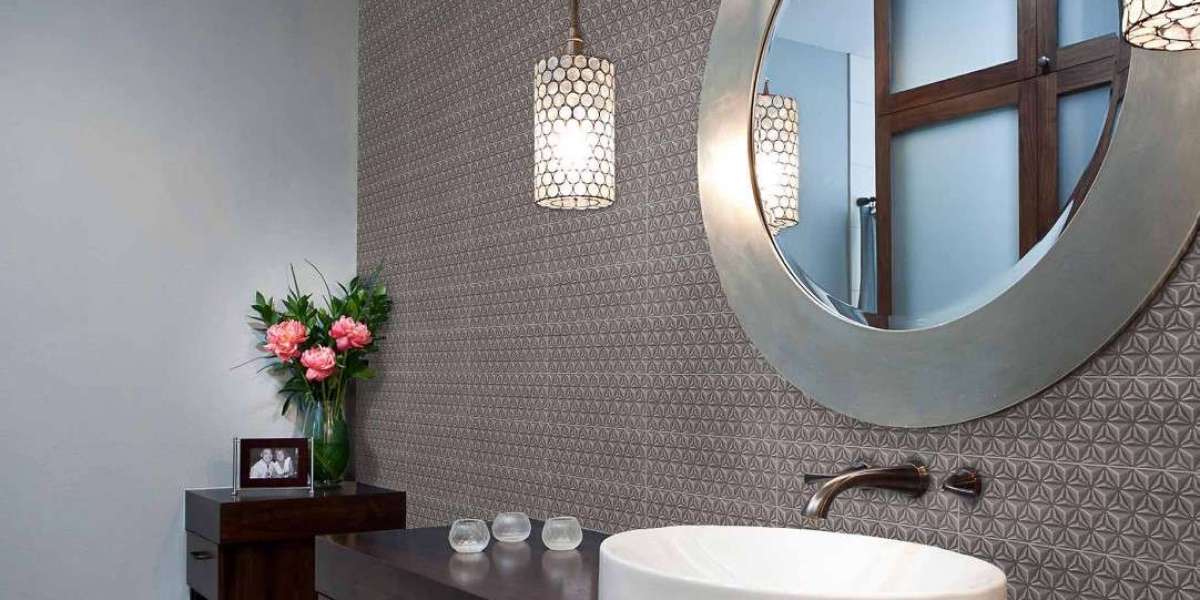Curtains are pieces of fabric or other material that are hung to cover a window or doorway, providing privacy, blocking light, and enhancing the overall aesthetic of a room. They come in various styles, colors, and patterns, allowing for customization to suit different interior design preferences.
In addition to their decorative function, curtains serve practical purposes such as controlling the amount of natural light entering a room, insulating against drafts, and offering privacy from outside views. Different types of curtains include sheer curtains, blackout curtains, and thermal curtains, each designed to address specific needs.
Curtains are typically hung from curtain rods or tracks, and the way they are styled and arranged can significantly impact the overall look of a space. Whether used in homes, offices, or other spaces, curtains play a versatile role in interior design and functional comfort.
Key functions of curtains include
Privacy: Curtains help to maintain privacy by blocking the view into a room from the outside.
Light Control: They can regulate the amount of natural light entering a room, helping to create the desired ambiance.
Insulation: Curtains can provide insulation by blocking drafts and helping to maintain a consistent room temperature.
Decoration: Curtains are often used as a decorative element to enhance the overall aesthetic of a room. They come in different styles, patterns, and colors to complement the interior design.
Sound Absorption: Thicker curtains can also help to absorb sound, reducing noise levels in a room.
Common types of curtains include
Panel Curtains: These are the most basic type of curtains, consisting of one or more fabric panels that hang vertically from a rod or track.
Sheer Curtains: Sheer curtains are made from lightweight and translucent fabrics, allowing diffused light to enter while providing some level of privacy.
Blackout Curtains: Designed to block out light completely, blackout curtains are often used in bedrooms or home theaters to create a dark and private environment.
Cafe Curtains: These cover only the bottom half of a window, offering privacy while still allowing light to enter. They are commonly used in kitchens.
Valance: A short curtain or decorative drapery that is often used at the top of a window to add a decorative touch.
Grommet Curtains: These have metal-rimmed openings (grommets) along the top through which a curtain rod is threaded, creating a contemporary and easy-to-slide design.
Tab-Top Curtains: These have fabric loops (tabs) along the top that are slipped over the curtain rod, creating a casual and relaxed appearance.
Roman Shades: While not traditional curtains, these are window coverings that can be raised or lowered, made from fabric and creating a sleek and tailored look.
Curtains not only serve functional purposes but also play a significant role in enhancing the aesthetics of a room. Choosing the right type, color, and style of curtains can contribute to the overall design and ambiance of a living space. Here are some aspects related to curtains in India.
Fabric and Design
Cotton: Cotton curtains are popular in India due to their breathable and lightweight nature. They are suitable for the country's tropical climate.
Silk: Silk curtains add a touch of luxury and are often chosen for formal spaces.
Synthetic Fabrics: Polyester and other synthetic materials are also commonly used for curtains due to their durability and ease of maintenance.
Colors and Patterns: Indian culture is known for vibrant colors and intricate patterns. Many curtains in India reflect this cultural richness, featuring bold colors and intricate designs like paisley, floral motifs, or traditional Indian patterns.
Curtain Styles
Traditional Styles: Some regions in India may prefer traditional curtain styles like tie-dye or block-printed fabrics.
Modern Styles: Urban areas often see a preference for contemporary and minimalist curtain designs.
Customization: Many people in India prefer custom-made curtains to suit their specific needs and interior design preferences. Local tailors and curtain shops often offer customization services.
Usage of Sheer Curtains: Sheer curtains are popular, allowing natural light to filter through while providing a level of privacy. They are often used in combination with heavier curtains for a layered look.
Curtain Rods and Accessories: Decorative curtain rods and tie-backs are commonly used to enhance the overall appearance of curtains. These accessories may also have traditional or contemporary designs.
Cultural Influences: In some regions, cultural influences play a significant role in curtain choices. For example, South Indian households might have curtains that reflect the vibrant colors and patterns of the local culture.
Ready-Made vs. Custom Curtains: While ready-made curtains are widely available and convenient, many people in India still prefer the tailored fit and unique designs offered by custom-made curtains.
Eco-Friendly Options: With an increasing focus on sustainability, there is a growing demand for eco-friendly curtain options, such as those made from organic or recycled materials.
Curtain sizes can vary based on the type of window, the style of curtains, and personal preferences. Here are some standard curtain sizes
Standard Window Sizes
Small Windows: 36 inches (width) x 36 inches (length)
Medium Windows: 36 inches x 54 inches or 63 inches
Large Windows: 54 inches x 84 inches or 95 inches
Door Sizes
Standard Door: 54 inches x 84 inches
French Doors: Two panels, each measuring 30 inches to 40 inches in width, and the length matching the door height.
Longer Lengths for Elegance: For a more luxurious look, especially for tall windows or to create a dramatic effect, curtains can be 95 inches, 108 inches, 120 inches, or even 144 inches in length.
Custom Sizes: Custom-sized curtains are also an option, especially if you have non-standard window or door dimensions.
Curtain Width
The width of the curtains depends on how full you want them to look when closed. A general rule is to use 1.5 to 2 times the width of the window for fullness.
Remember to measure your windows or doors carefully, taking into account how you want the curtains to hang (just covering the window, pooling on the floor, etc.). Additionally, curtain styles and personal preferences can influence the size you choose. Always check the product details when purchasing curtains, as manufacturers may have their own sizing guidelines. When shopping for curtains in India, it's essential to consider factors such as climate, cultural preferences, and individual taste to find the perfect fit for the space. Local markets, home decor stores, and online platforms offer a wide variety of options to suit diverse preferences.
Read More: Bedroom Curtains



